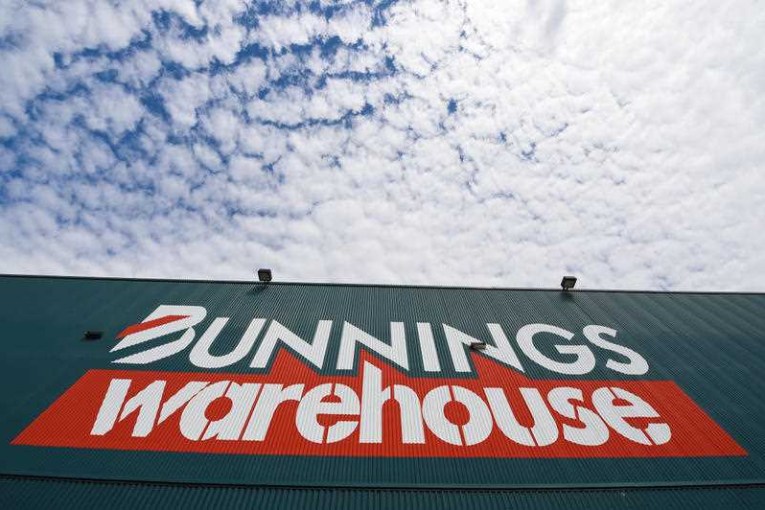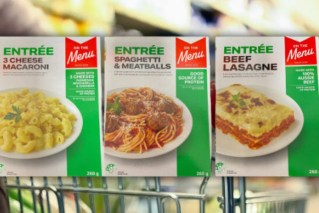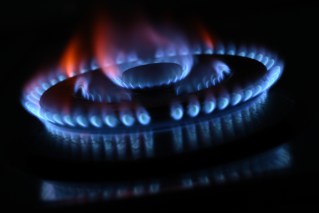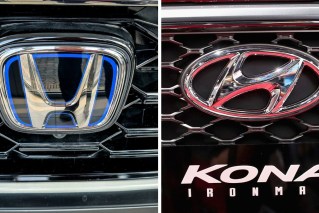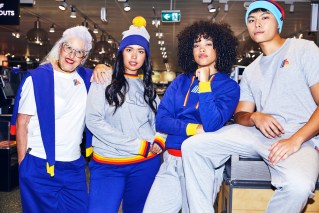The big-name food brands that still use caged eggs
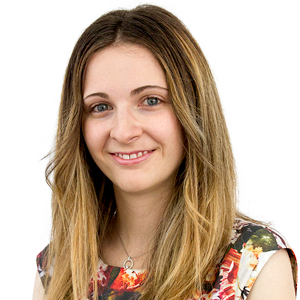
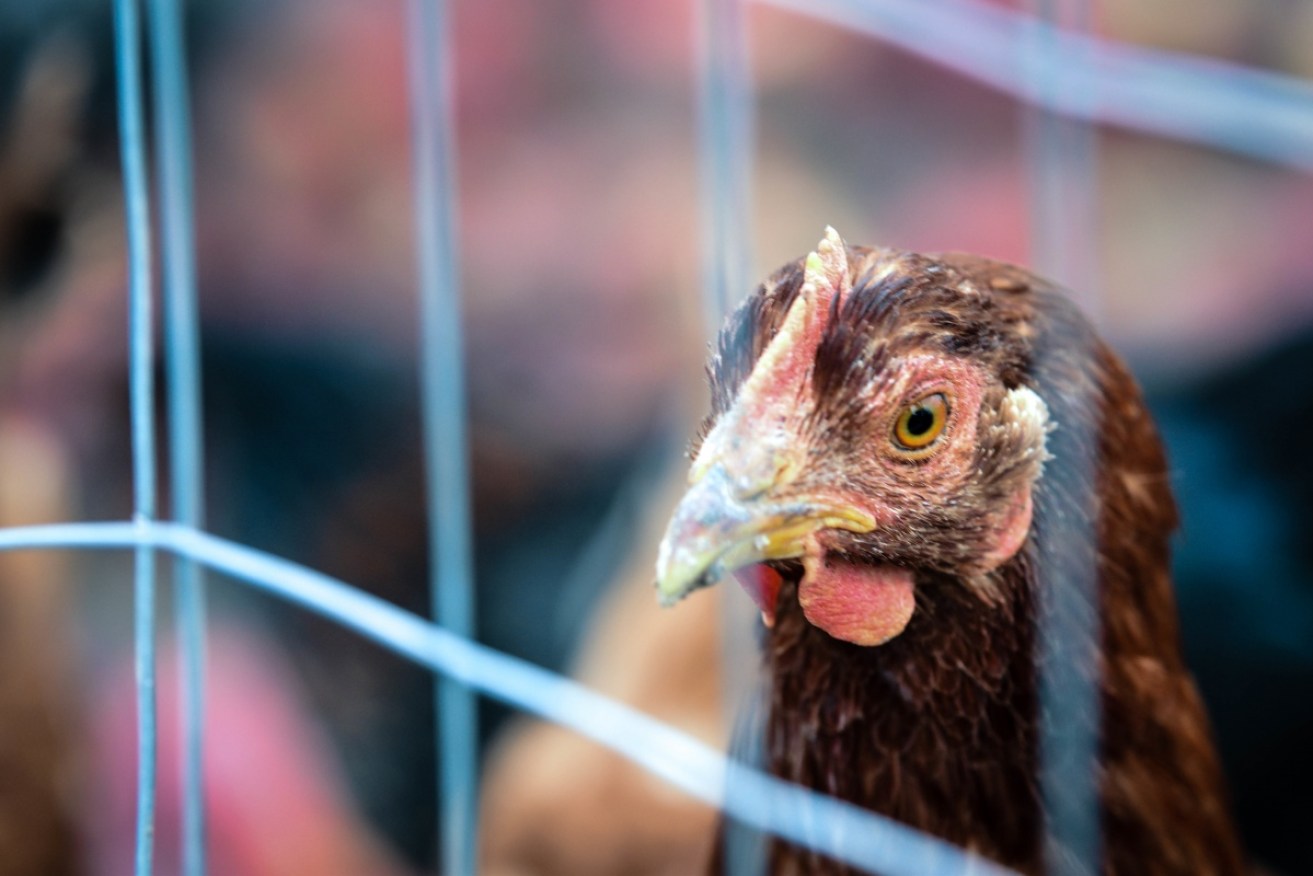
About 80 per cent of restaurants and manufacturers use caged eggs. Photo: Getty
Popular companies including Nestle, Betty Crocker, Tip Top Bakery and supermarket giants’ own brands are sourcing caged eggs to make many of their pre-packaged food products.
Australia’s peak animal welfare body also warns that restaurants and cafes across the country still use caged eggs in their meals.
The RSPCA estimates as high as 80 per cent of Australian restaurants, cafes and food manufacturers use caged eggs.
The same percentage of Australians want to see battery cages phased out entirely, according to the RSPCA’s research.
Some of the most common packaged foods containing eggs include ice cream, custard, mayonnaise, marshmallows, fresh pasta, and baked goods such as biscuits, cookies, cakes and cupcakes.
Where does your favourite brand stand?
In Australia, food companies are required to list egg in the ingredients list, but they are not required to include details about whether or not the eggs used are caged or free-range.
This makes it difficult for consumers who want to extend their ethical choice in buying free-range eggs to supporting brands that use free-range exclusively.
The New Daily contacted about 20 major brands to find out if they use caged eggs in their products.
Both Coles and Woolworths refused to list their home brand products that currently contain caged eggs.

Bulla only uses free-range eggs in its ice-creams. Photo: Bulla
A Coles spokeswoman said the supermarket had a commitment to “only source cage-free eggs as ingredients in [its] Coles own brand” by 2023.
Meanwhile, Woolworths said it is committed to “transitioning to cage-free eggs across [its] entire own brand product range by 2025”.
The New Daily recently revealed that Woolworths had originally sworn to switch to cage-free eggs by December this year, a promise it flipped on quietly in 2016.
Arnott’s Australia said that from August last year, all of its biscuits made in Australia have been made using cage-free eggs.
Ben & Jerry’s said the eggs used in its ice cream came from hens on certified humane cage-free farms.
Bulla told The New Daily it uses free-range eggs in all of its frozen custard and ice cream products.
Praise clearly states on its website that its mayonnaise is made with fresh Australian free-range eggs.
Kraft Heinz is transitioning to “using free-range eggs globally in its supply chain by 2025”.
The parent company of Four’N Twenty, Patties, has committed to transitioning to only using cage-free eggs by the first day of the new year.
Streets, Latina Fresh, Sara Lee, White Wings, Oreo and Peters Ice Cream did not respond to The New Daily‘s request for comment by deadline.
The RSPCA has more details here on companies using cage-free eggs. It has recognised McDonald’s, Subway, Grill’d, Nando’s and IKEA as industry leaders in shifting away from caged eggs.
The difference between cage-free and free-range
While cage-free eggs are an improvement on traditional caged eggs in that the chickens are not kept in battery cages and can roam around in a barn, these eggs are not equivalent to free-range.
As per the Australian government’s new national standard, which came into effect in April, eggs labelled “free-range” require that chickens have “meaningful and regular access to an outdoor range” and a maximum outdoor stocking density of 10,000 hens per hectare.
Cage-free chickens in barns without outdoor access may still be living in high stocking densities with limited room to move around.
Last year the Australian Egg Corporation reported caged eggs accounted for less than 49 per cent of egg sales, down from 75 per cent 10 years ago.
The RSPCA, which is campaigning for an end to caged eggs, said while grocery shoppers are buying more free-range and cage-free eggs in the supermarket, the number of hens confined to battery cages has not decreased.
“The number of Australians concerned about the welfare of battery-caged layer hens has grown to three in every four,” RSPCA’s Hope Bertram said.
“[But] around half of the eggs produced in Australia are going into food service and the majority of these eggs are cage eggs.
“Battery cages are completely barren – hens in battery cages experience extreme confinement and behavioural restriction, without enough space to even stretch their wings.”
Free-range egg confusion
Despite a national standard for free-range eggs, it remains a difficult landscape for consumers to navigate with the producers using a range of definitions for cage-free, barn-laid, free-range and caged eggs.
Generally, free-range eggs are the most expensive ($1.70 per 100g), followed by cage-free or barn-laid eggs. Caged eggs are the cheapest at 50 cents per 100g.
Retail expert Dr Gary Mortimer said this can be confusing for shoppers trying to make an ethical choice.
“Barn-laid might convey the image of some hens sitting in a big old wooden barn, laying eggs – yet the ‘barn’ might simply be a large shed containing thousands of hens,” Dr Mortimer said.
“While most egg producers will print the stocking density [the amount of space chickens have to roam around] on the pack, some won’t, particularly if they have a higher percentage of hens per hectare.
“The next step would be for an industry standard to come into play.”
